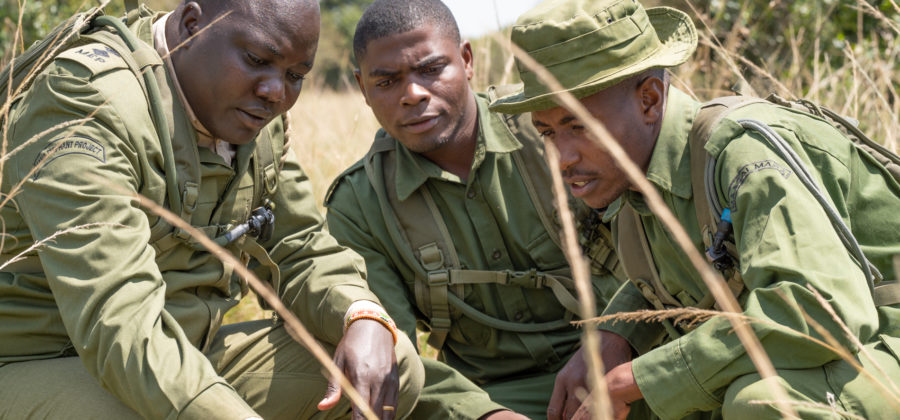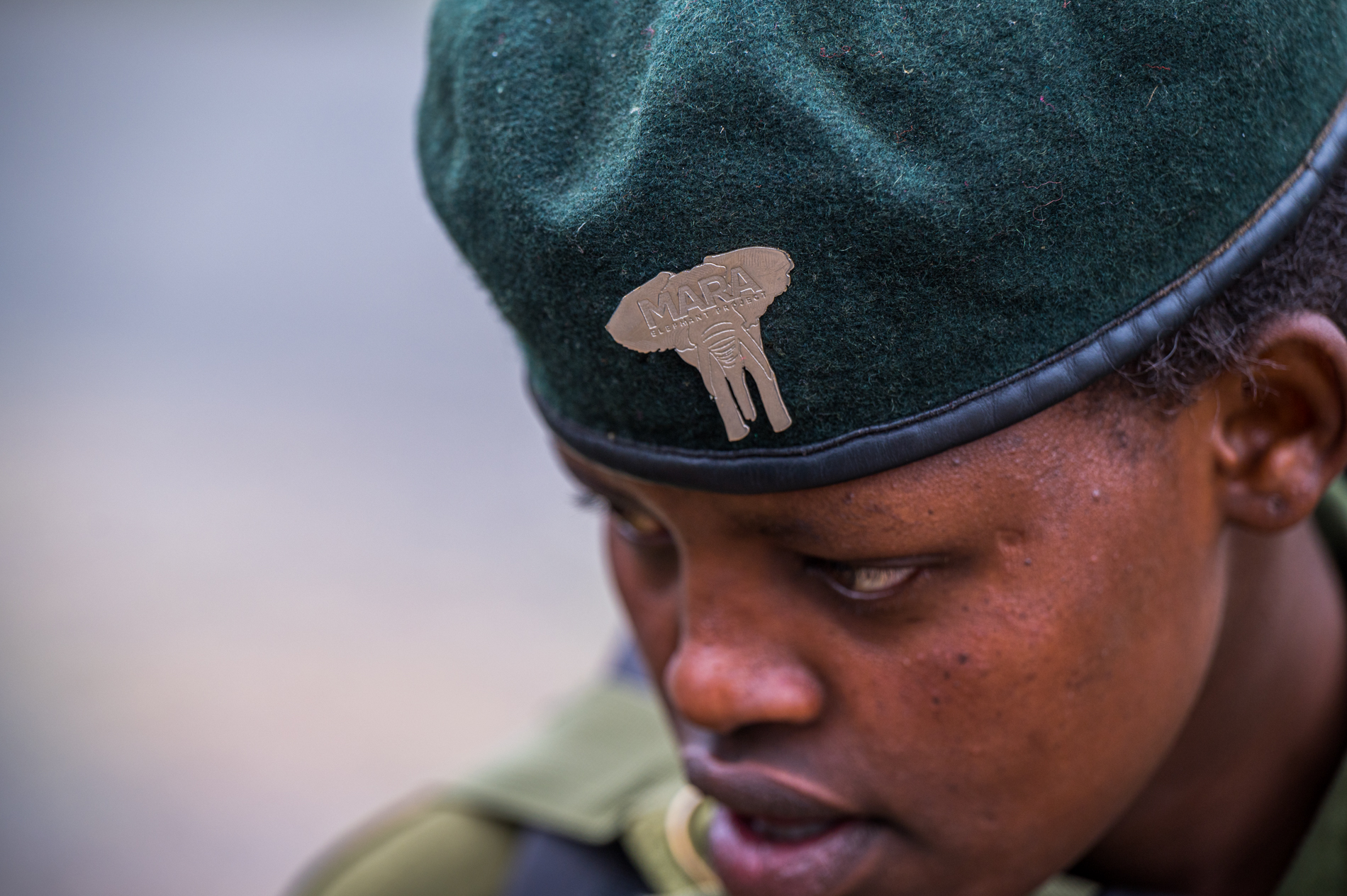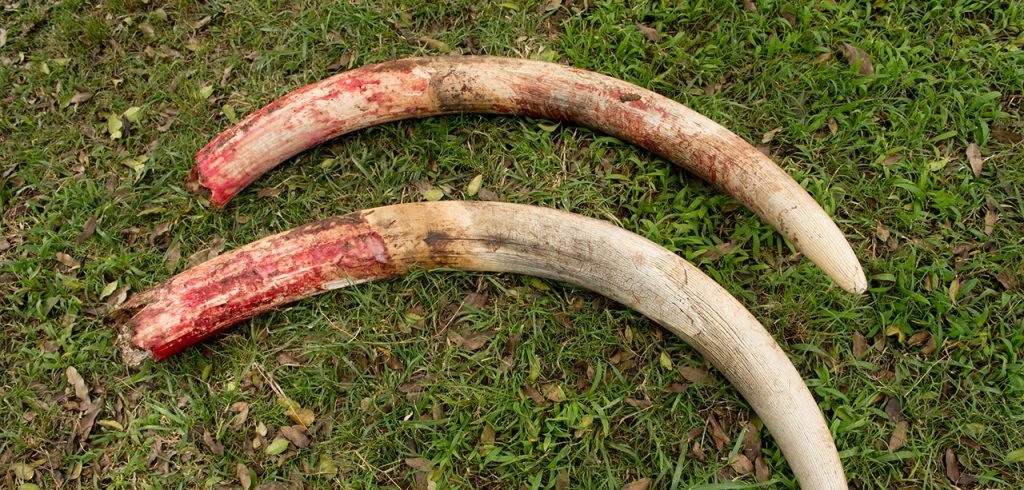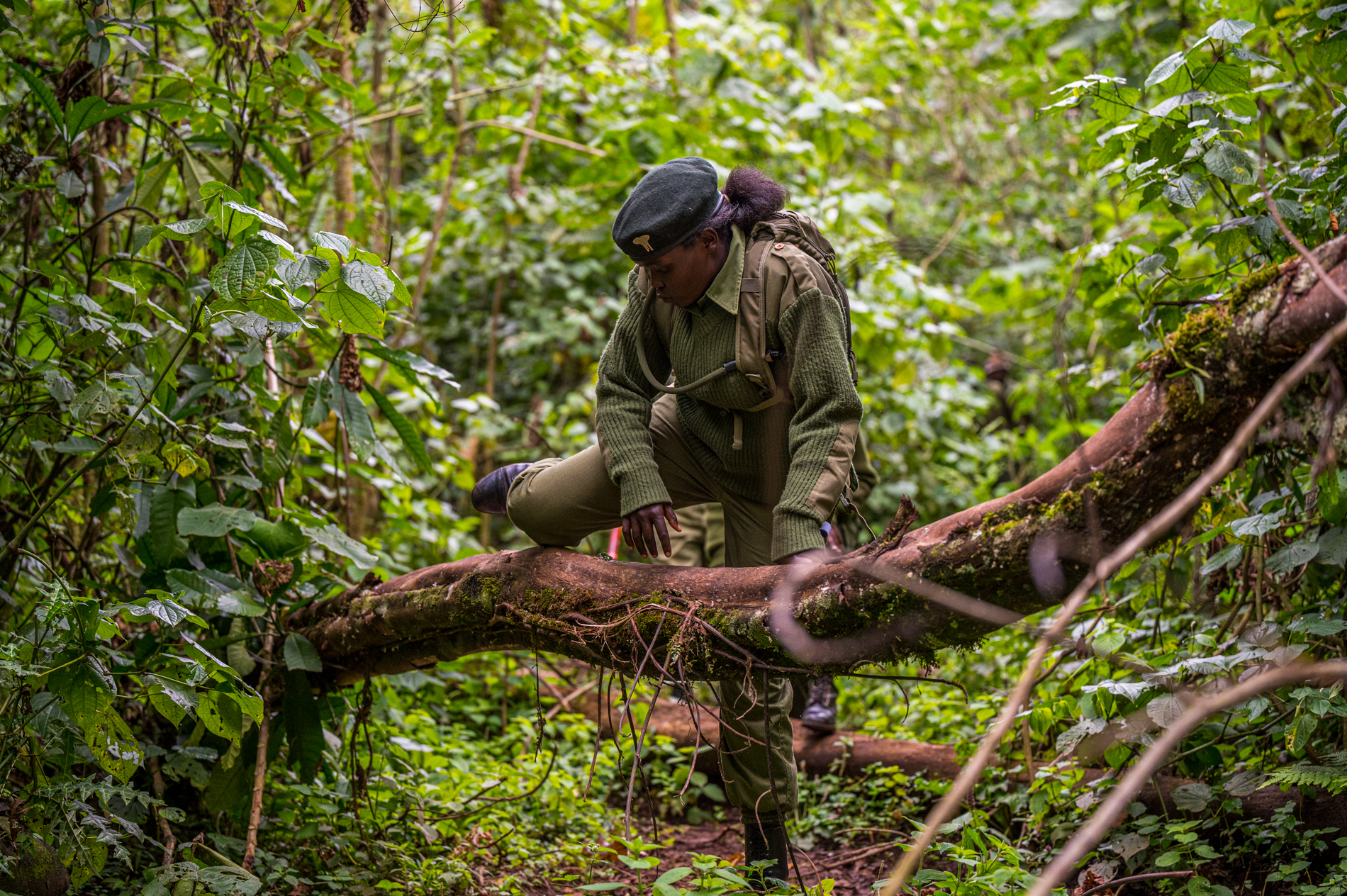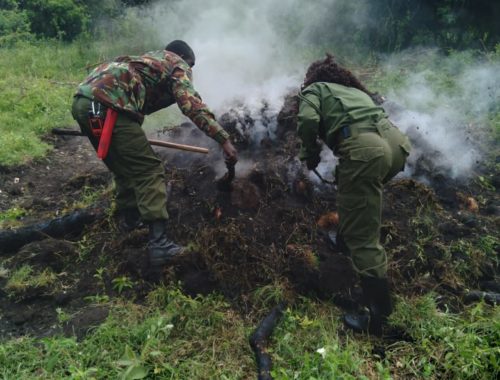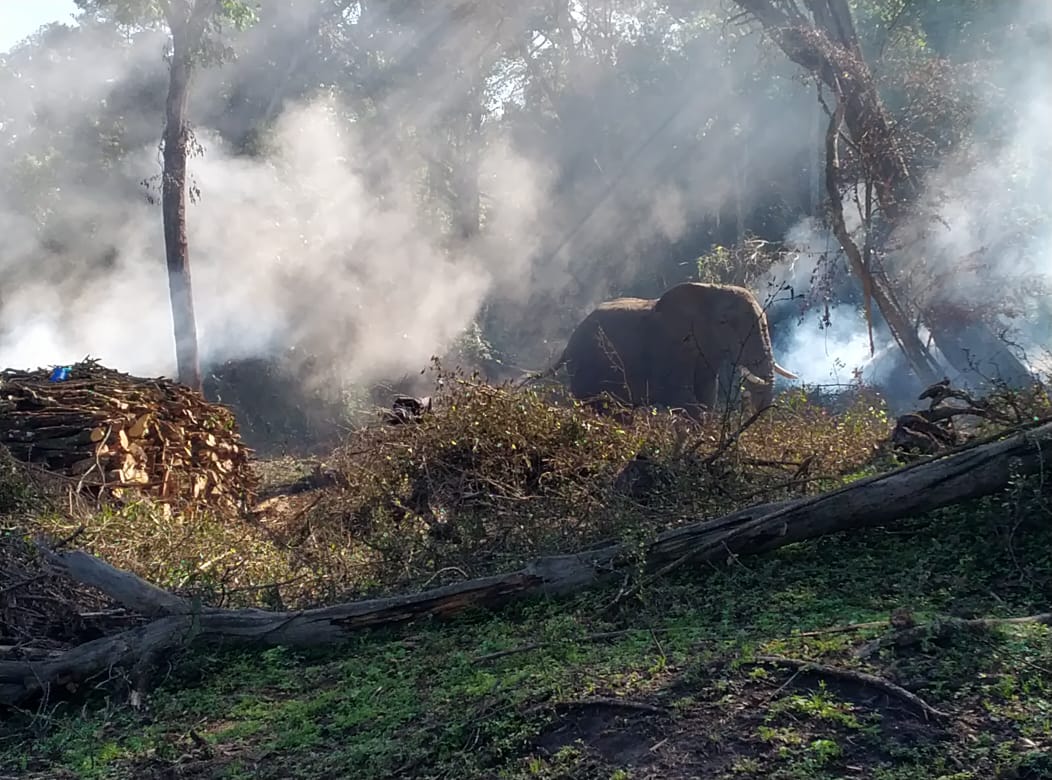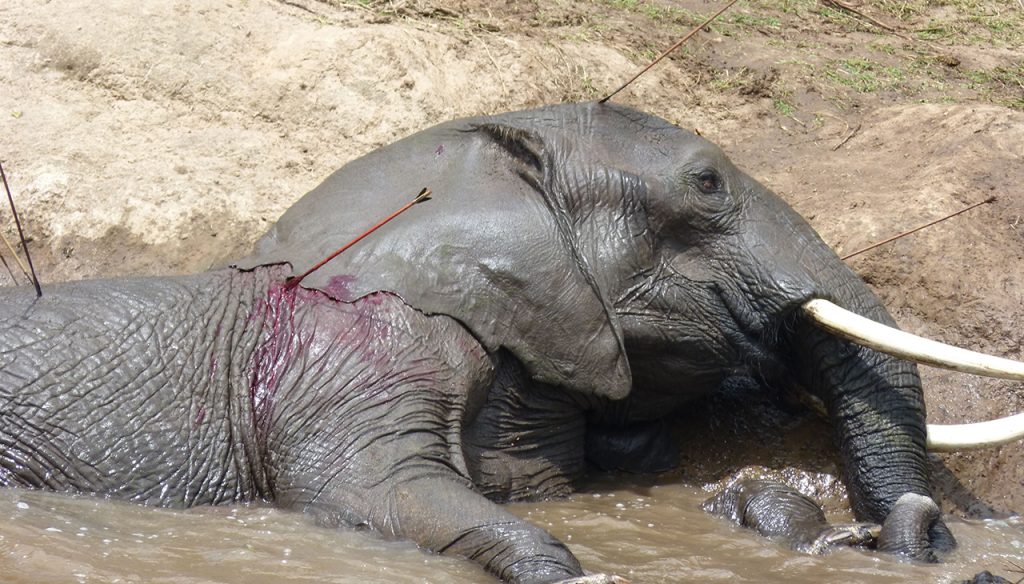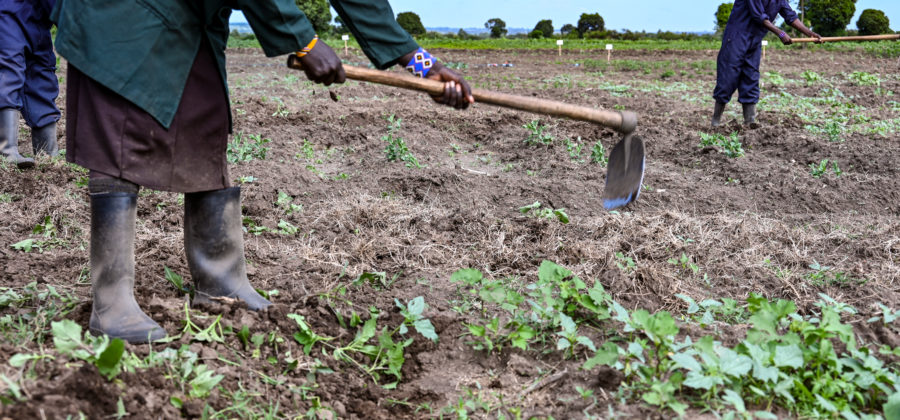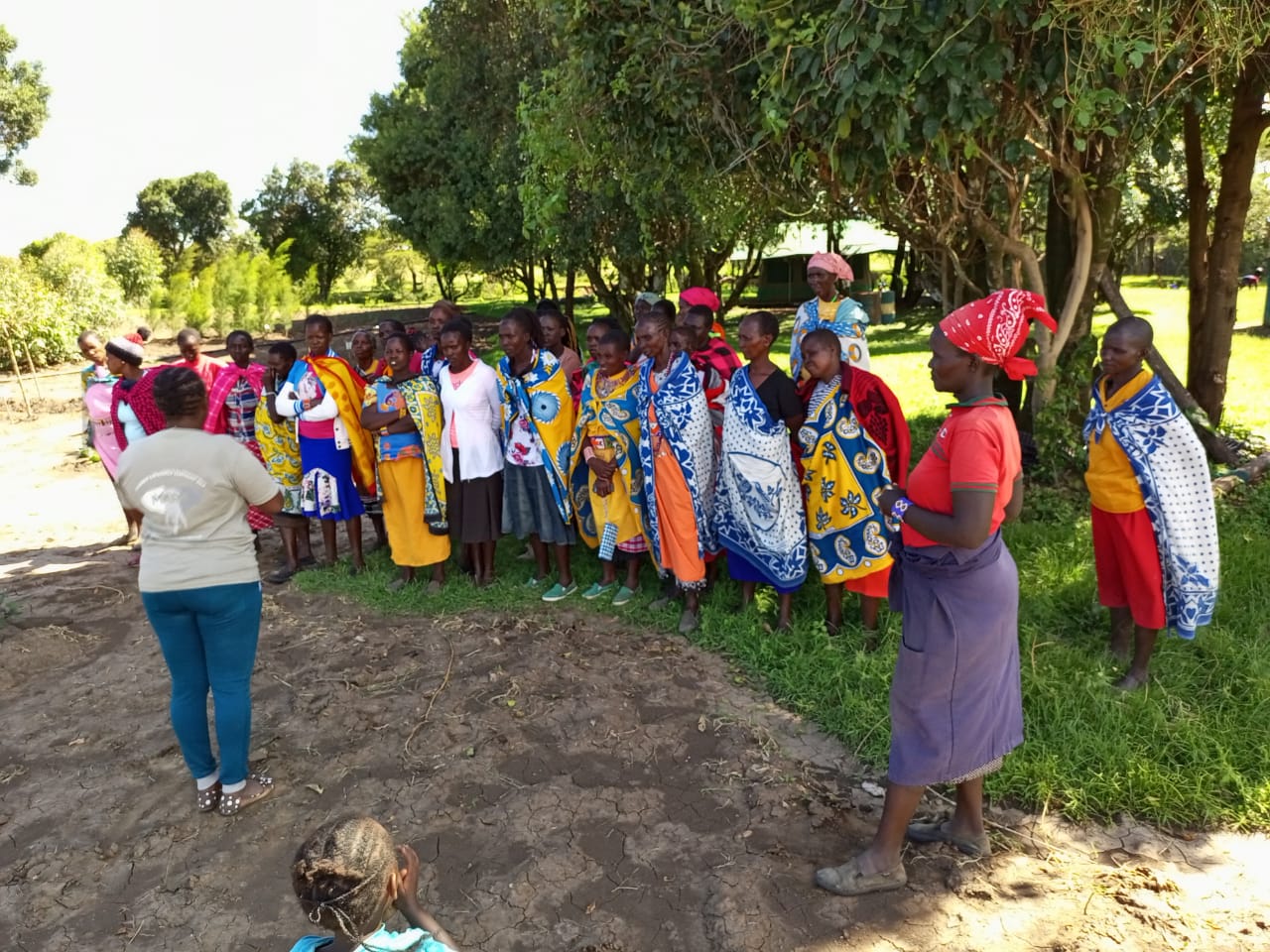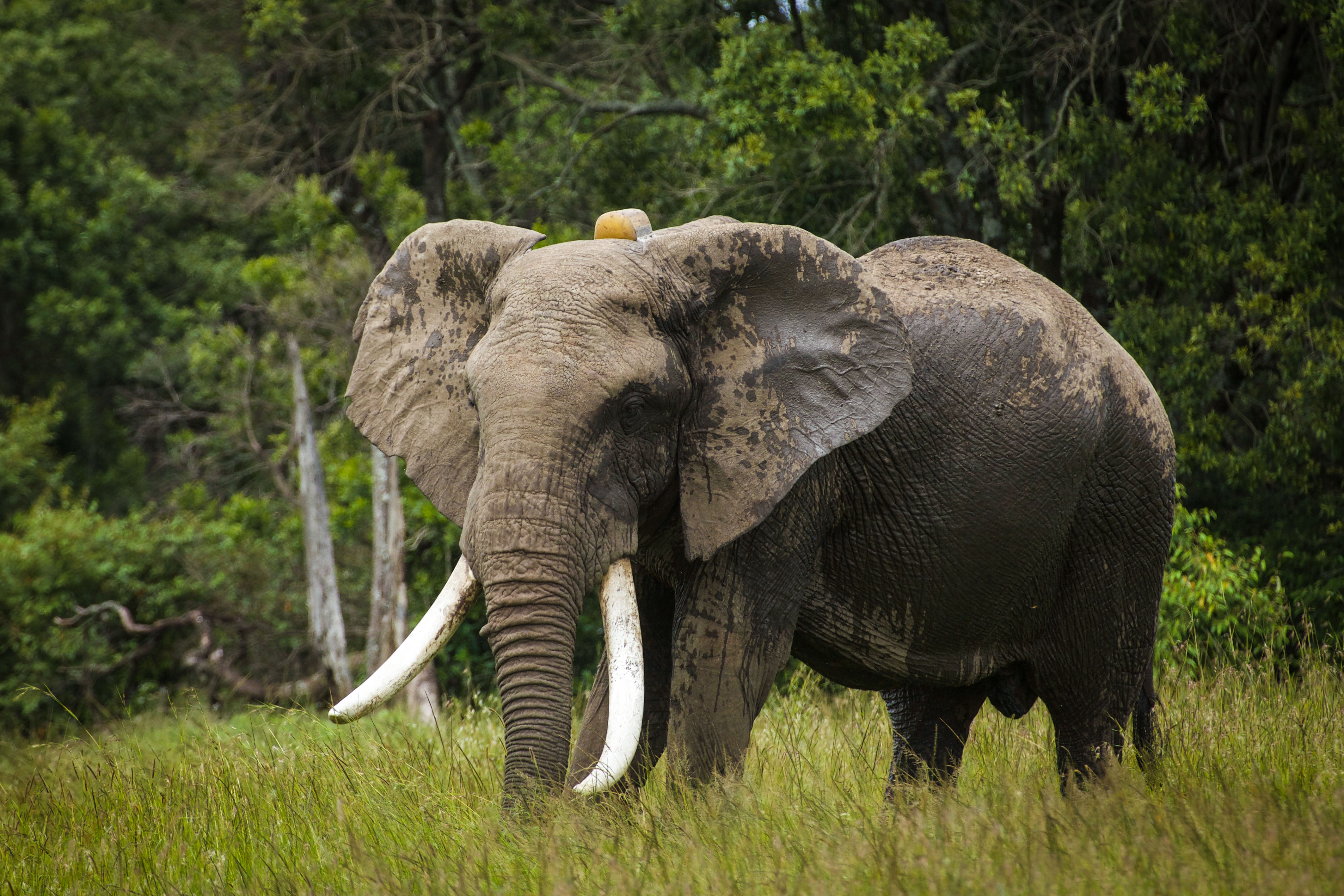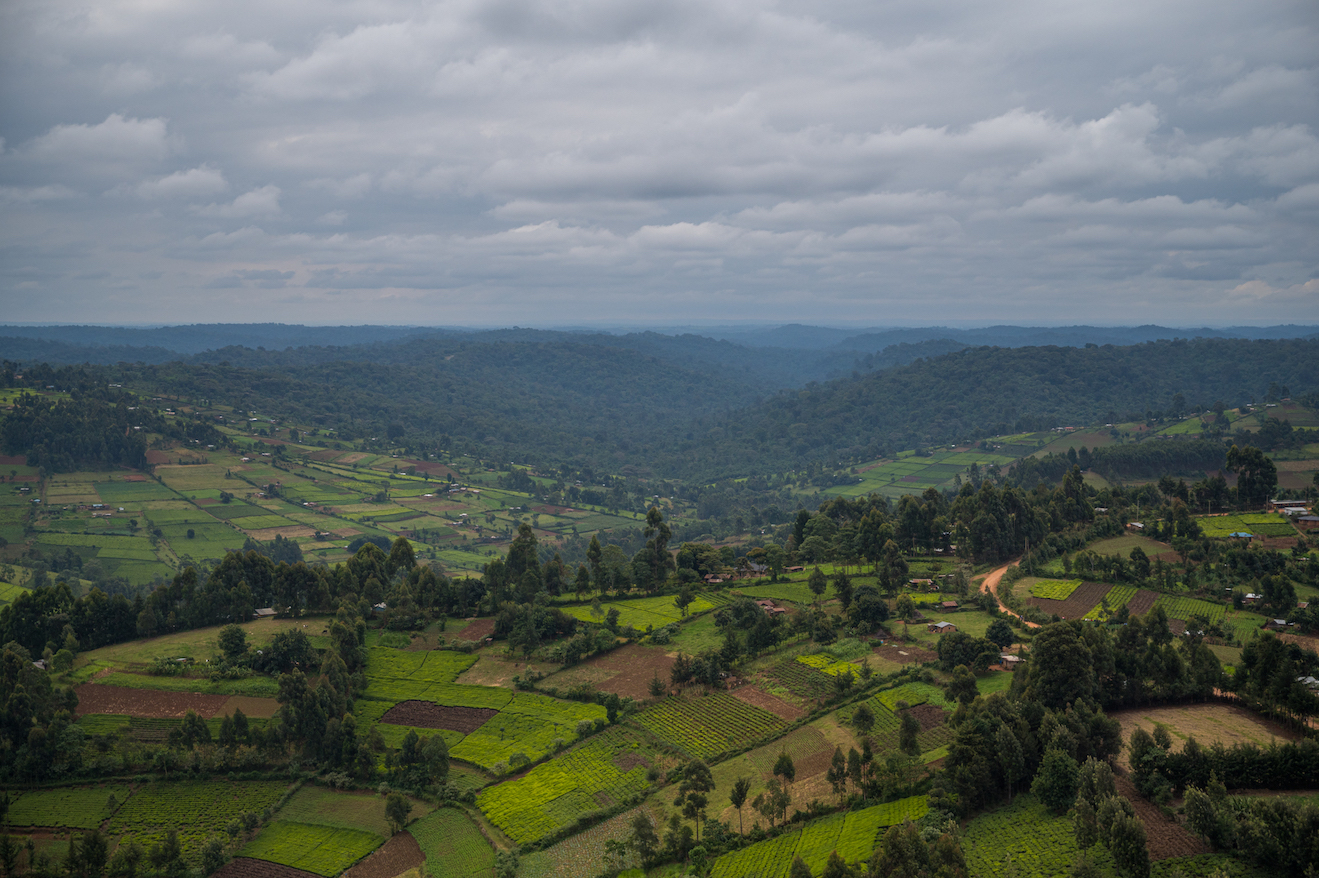MEP deploys Kenyan rangers and researchers to protect elephants, habitats, communities and connectivity.
Mara Elephant Project employs over 100 Kenyans in conservation. MEP deploys mostly local Maasai rangers and researchers in partnership with government organizations who work tirelessly to protect elephants. MEP’s rangers are at the forefront of our anti-poaching operations and human-elephant conflict mitigation efforts through boots on the ground initiatives, living out in the field for up to two months at a time.
"Our rangers and researchers are really ambassadors inspiring young people to want to protect wildlife and if we can do that, we’re going to see a whole movement, a whole change in society. Our rangers have made us one of the most relevant conservation organizations in the Mara ecosystem."
CEO Marc Goss
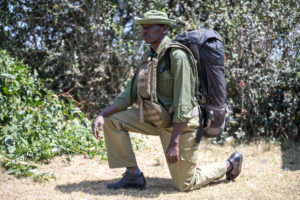 Equipping and training wildlife rangers to ensure their effectiveness is key. MEP ensures our rangers have the latest equipment while patrolling in the field. New equipment like projectile flares that are used to attract attention from a search and rescue aircraft help keep rangers safe. Ensuring they have well stocked medical kits helps them treat themselves or others in the event of a medical emergency. Powerful flashlights help them respond to conflict safely at night and Garmin InReach devices that have SOS location capabilities alert HQ at the first sign of trouble.
Equipping and training wildlife rangers to ensure their effectiveness is key. MEP ensures our rangers have the latest equipment while patrolling in the field. New equipment like projectile flares that are used to attract attention from a search and rescue aircraft help keep rangers safe. Ensuring they have well stocked medical kits helps them treat themselves or others in the event of a medical emergency. Powerful flashlights help them respond to conflict safely at night and Garmin InReach devices that have SOS location capabilities alert HQ at the first sign of trouble.
 Training is also essential to keeping rangers safe while deployed in the field. Currently the bulk of MEP operations is the daily wildlife security which we furnish over a large diverse area. Each security staff member of MEP undergoes in-house basic tactical training which provides the platform for navigating dangerous situations while out in the field. All the rangers have completed several training courses, including commander’s, medic courses, and attend annual refresher training. In addition, support training including computer literacy, drone training, driver training, asset training, and other specific skills training outside paramilitary training is also part of MEP’s ranger development program. The wide skills training and the specific training enables our rangers to focus on their dangerous job of protecting wildlife, communities and habitat.
Training is also essential to keeping rangers safe while deployed in the field. Currently the bulk of MEP operations is the daily wildlife security which we furnish over a large diverse area. Each security staff member of MEP undergoes in-house basic tactical training which provides the platform for navigating dangerous situations while out in the field. All the rangers have completed several training courses, including commander’s, medic courses, and attend annual refresher training. In addition, support training including computer literacy, drone training, driver training, asset training, and other specific skills training outside paramilitary training is also part of MEP’s ranger development program. The wide skills training and the specific training enables our rangers to focus on their dangerous job of protecting wildlife, communities and habitat.
“I became a MEP ranger because I wanted to be part of a conservation team that ensures our planet is well protected. I have learned so much about wildlife protection and conservation since joining and now lead my team. I’ve received numerous training certificates as a field medic and a remote pilot’s license to operate drones in conservation. Overall, MEP has made me a different person by opening my eyes to finding a livelihood in conservation that is fulfilling.”
MEP Ranger Caren Yegon Cheptoo
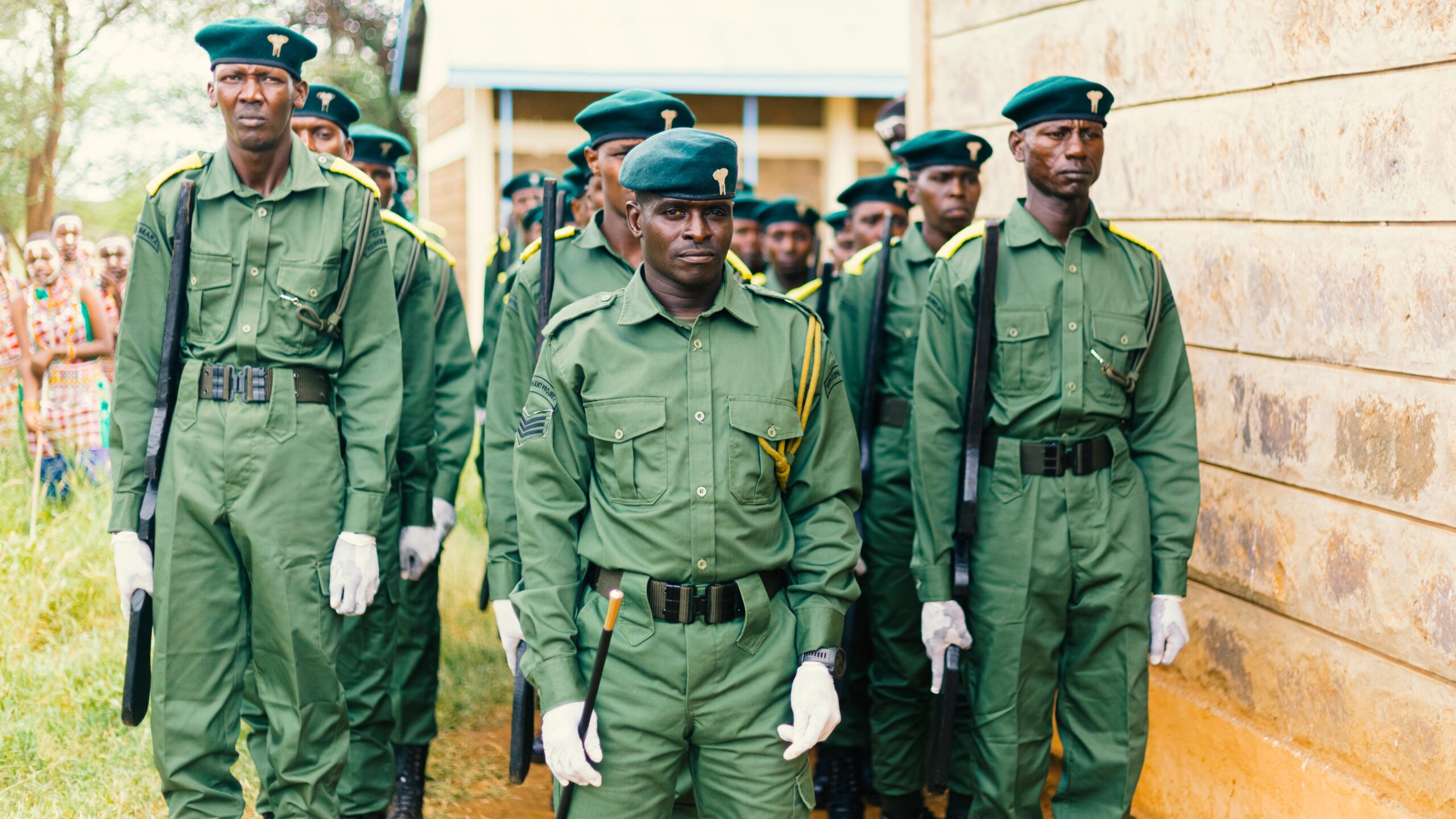
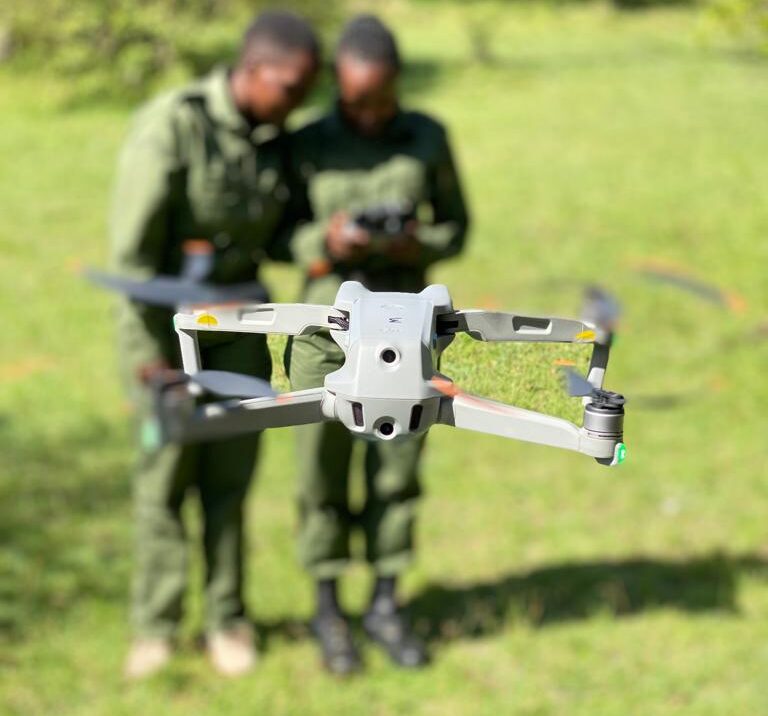
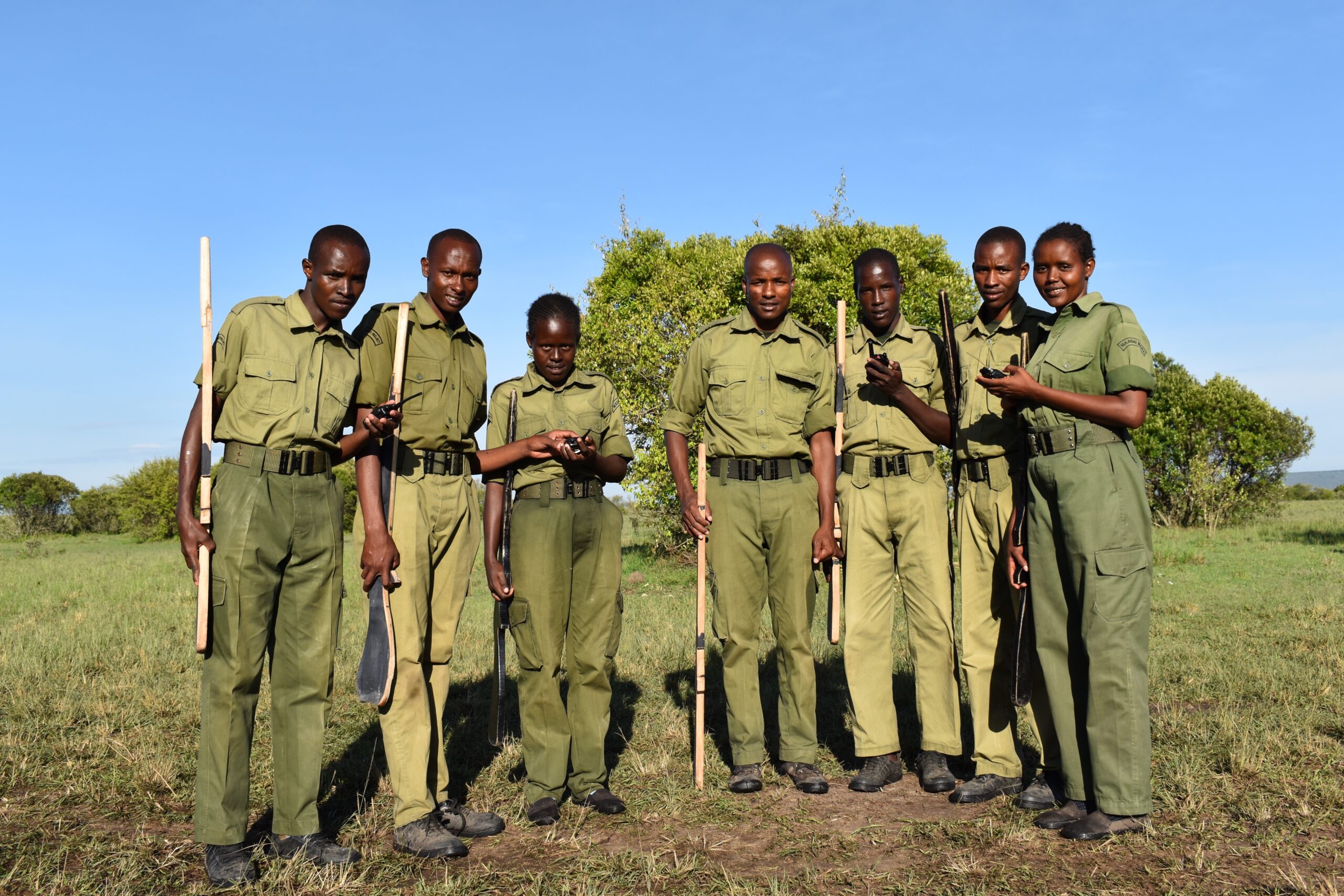
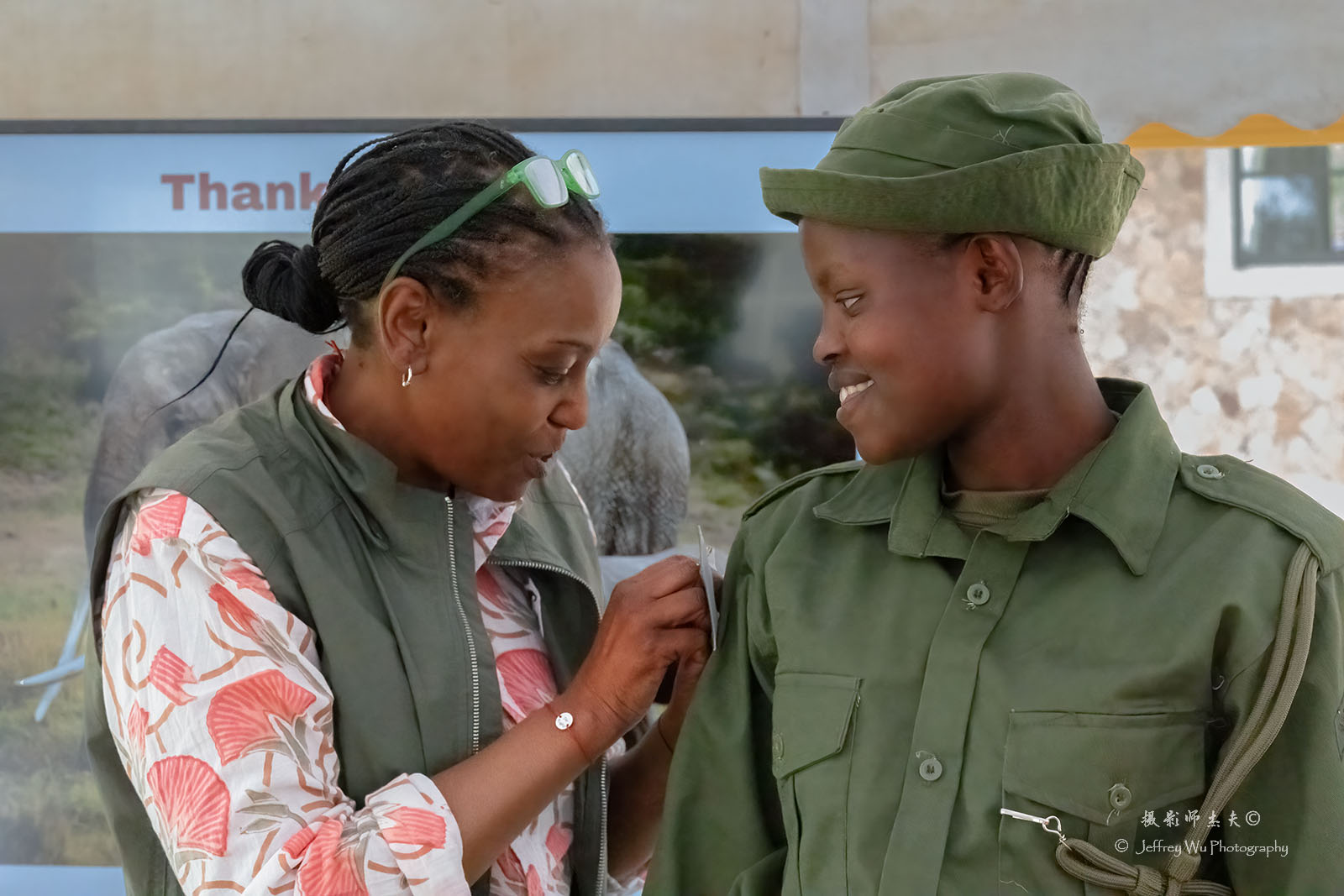
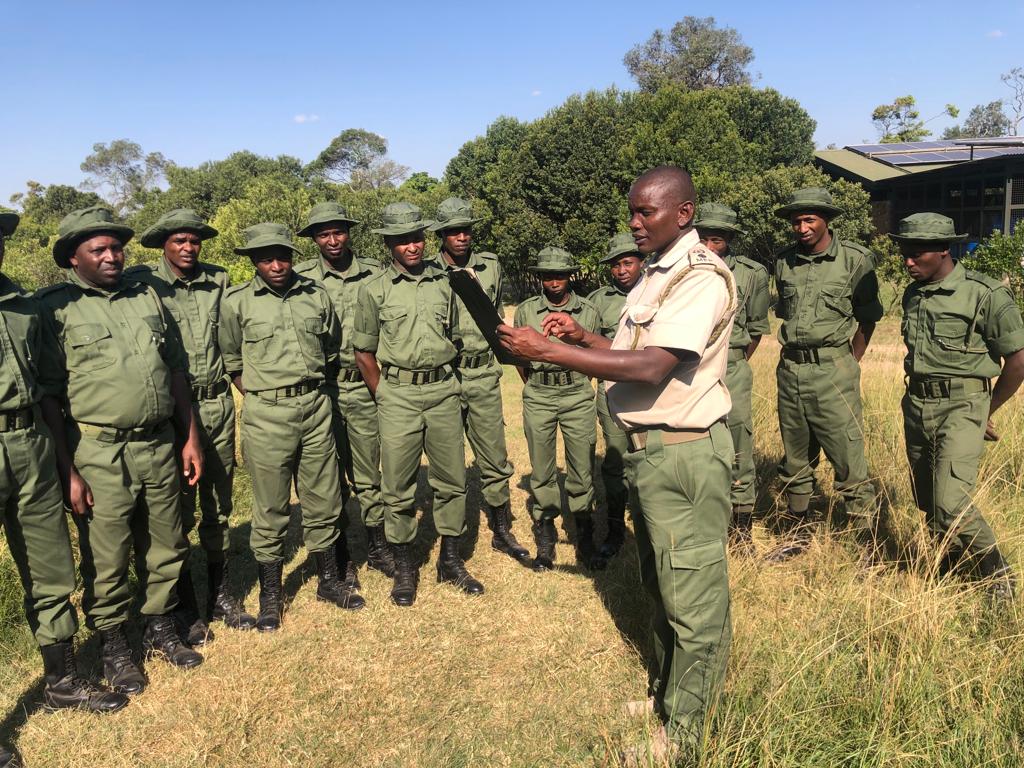
“The rangers are really the backbone of MEP and the reason why the community calls these rangers is not only because they know them and trust them, but because of the medic training they get, it’s their ability to go into a difficult and stressful situation.” MEP CEO Marc Goss
Mara Elephant Project rangers and researchers act as ambassadors within their communities, engaging with their neighbors to promote co-existence and nurturing the next generation of Kenyan conservation heroes.
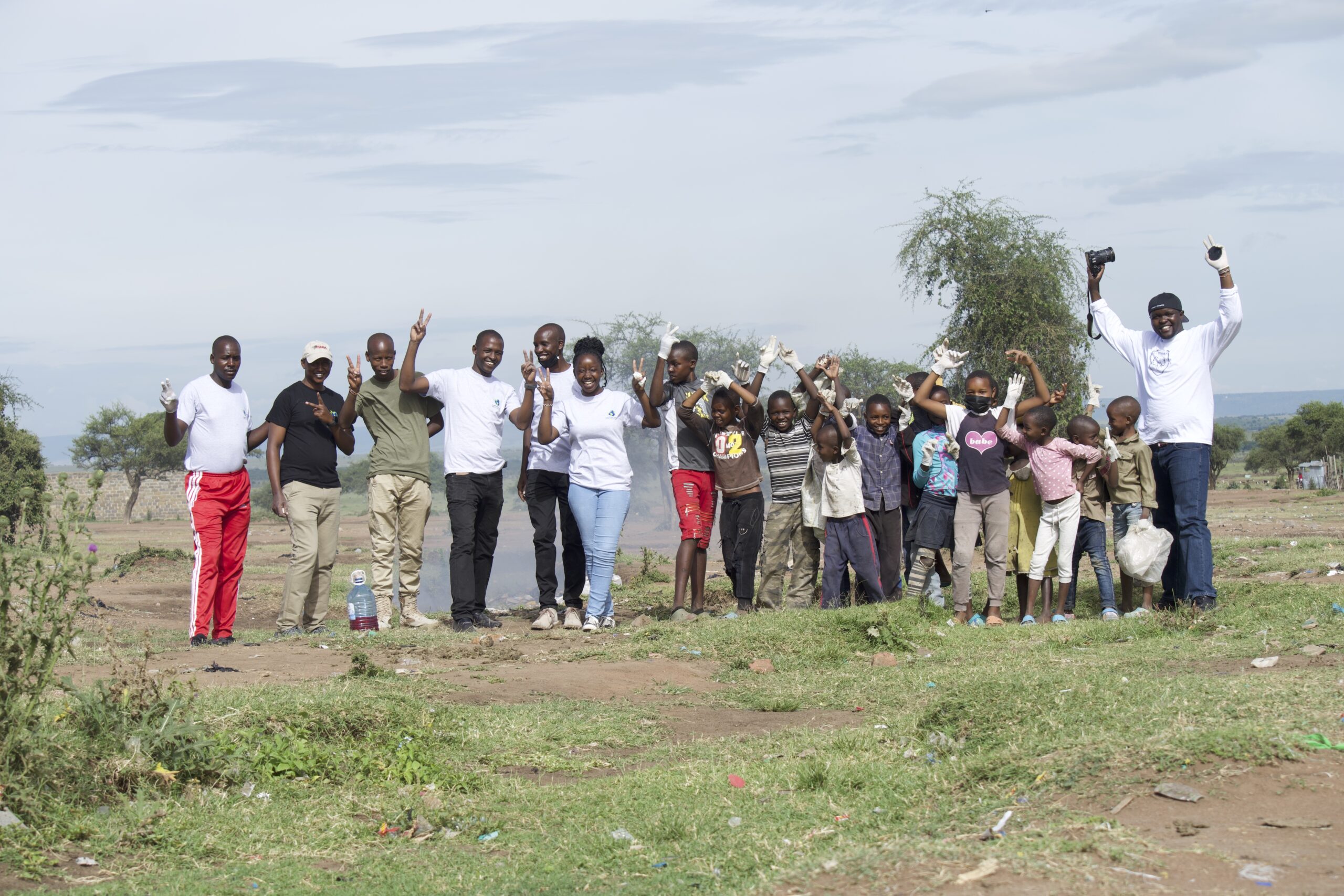

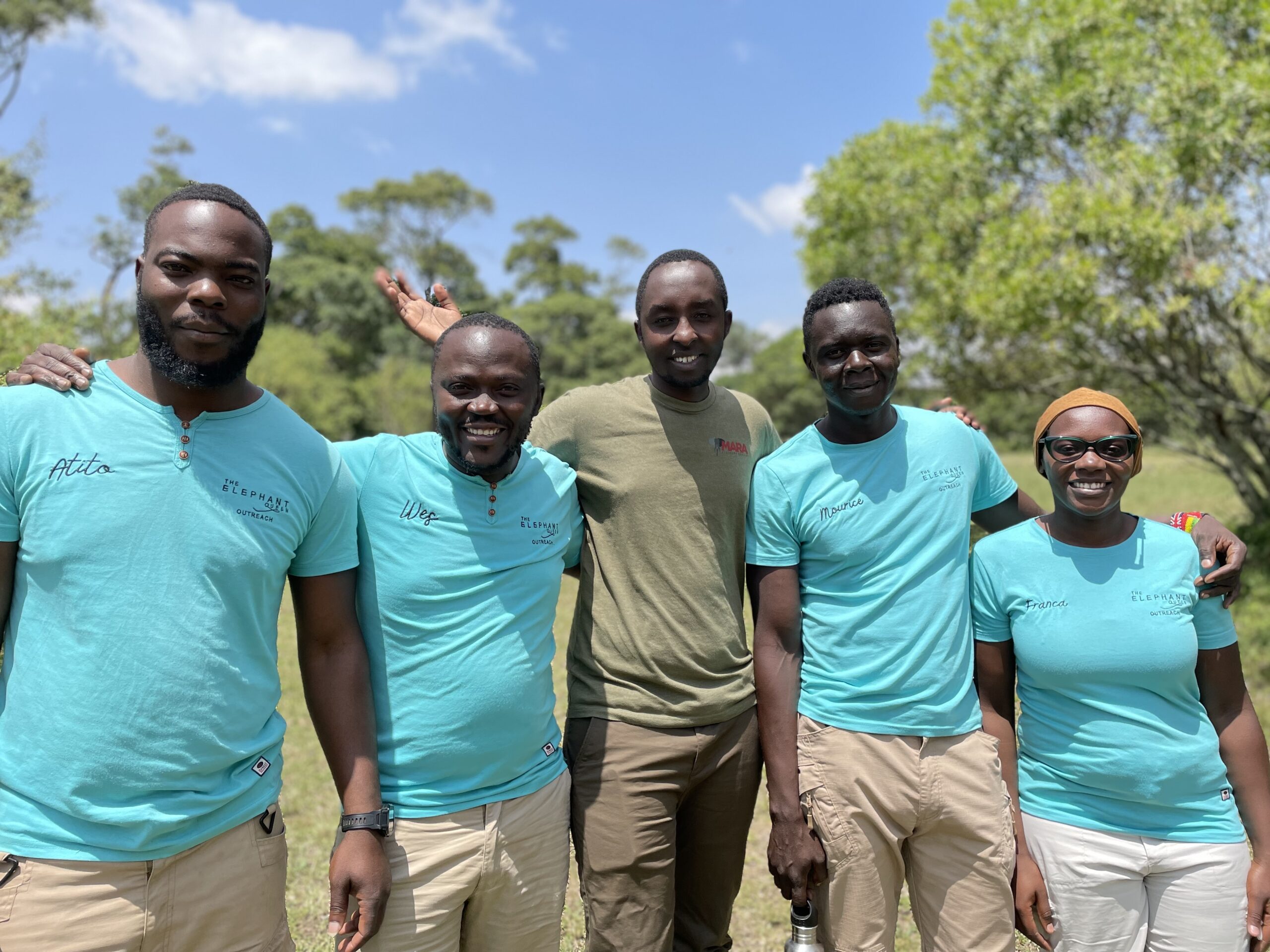

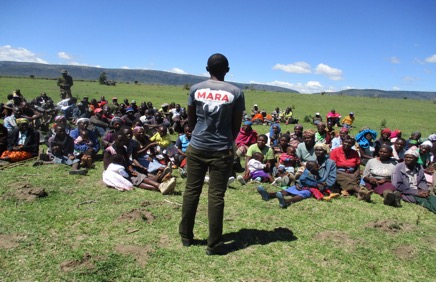
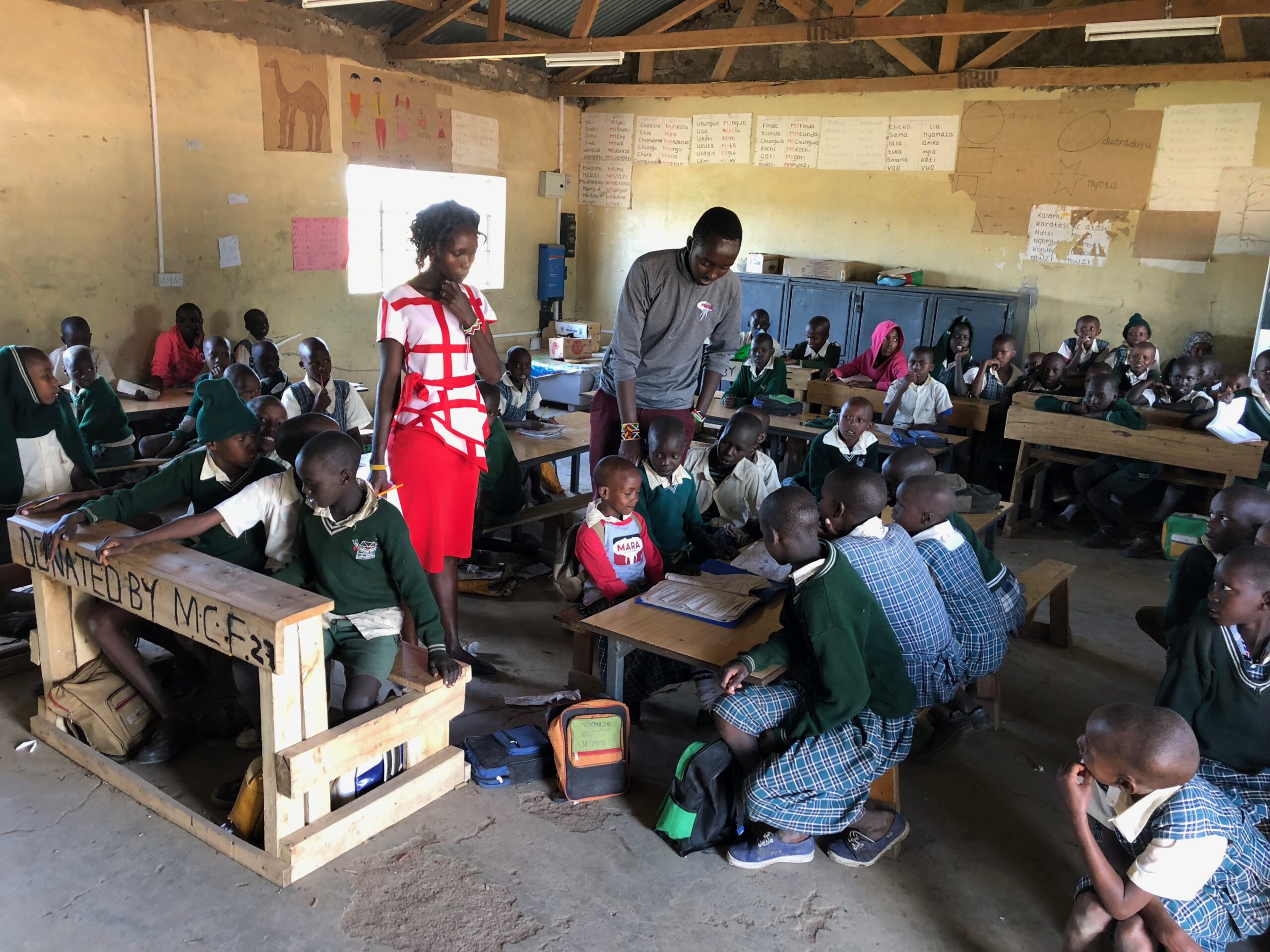
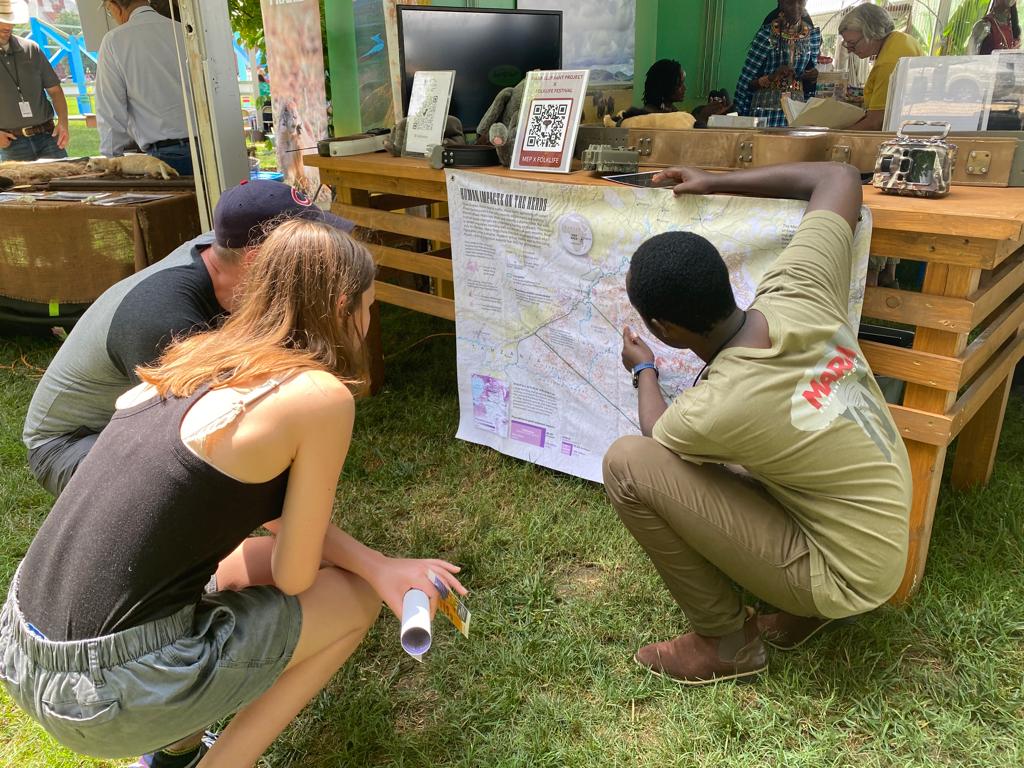
MEP PROTECTS
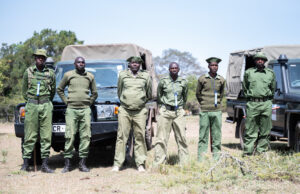 We protect wildlife through our anti-poaching patrols and intelligence gathering which deters poaching and increases security for not only elephants, but other wildlife. In partnership with government organizations, Kenya Wildlife Service (KWS) and Kenya Forest Service (KFS), MEP employs local Maasai rangers in our patrol units who work tirelessly to protect elephants. MEP’s male and female rangers are the backbone of our organization.
We protect wildlife through our anti-poaching patrols and intelligence gathering which deters poaching and increases security for not only elephants, but other wildlife. In partnership with government organizations, Kenya Wildlife Service (KWS) and Kenya Forest Service (KFS), MEP employs local Maasai rangers in our patrol units who work tirelessly to protect elephants. MEP’s male and female rangers are the backbone of our organization.
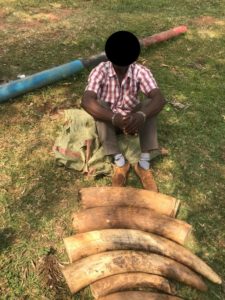 We have a vast intelligence network that has been at the center of many arrests and seizures. The MEP intelligence rangers infiltrate the poaching network and pose as gunmen, buyers and ivory dealers, then once evidence is presented, they call in the ranger units and KWS to make arrests. The intelligence network also consists of informal informants who work on a bonus system. Once an informant has led the security team to a number of successful arrests the informant becomes an investigator. The MEP intelligence department continues to impress with their ability to root out poachers, which has extended beyond Kenya to include Tanzania.
We have a vast intelligence network that has been at the center of many arrests and seizures. The MEP intelligence rangers infiltrate the poaching network and pose as gunmen, buyers and ivory dealers, then once evidence is presented, they call in the ranger units and KWS to make arrests. The intelligence network also consists of informal informants who work on a bonus system. Once an informant has led the security team to a number of successful arrests the informant becomes an investigator. The MEP intelligence department continues to impress with their ability to root out poachers, which has extended beyond Kenya to include Tanzania.
KWS and MEP’s presence has disrupted poaching in Kenya.
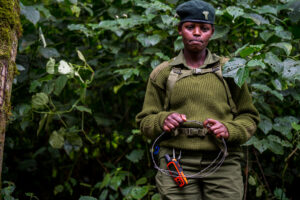 Alongside key partners, MEP established and grew a permanent presence in key endangered forest areas of the ecosystem, the Mau, Loita and Nyakweri. MEP rangers increase security for wildlife and communities in their areas of operation all while deterring habitat destruction activities like illegal logging and charcoal production and bushmeat poaching. MEP’s habitat protection activities are key specifically in the Loita, Mau and Nyakweri forests and this has been quite a challenge for our rangers as communities still rely heavily on cedar and other hardwoods for their houses, fences or firewood and land ownership is often unclear. Regular patrols of these forested area of the GME alongside partners Kenya Forest Service (KFS), Bongo Surveillance Project (BSP) and KWS are key to rooting out destructive activities.
Alongside key partners, MEP established and grew a permanent presence in key endangered forest areas of the ecosystem, the Mau, Loita and Nyakweri. MEP rangers increase security for wildlife and communities in their areas of operation all while deterring habitat destruction activities like illegal logging and charcoal production and bushmeat poaching. MEP’s habitat protection activities are key specifically in the Loita, Mau and Nyakweri forests and this has been quite a challenge for our rangers as communities still rely heavily on cedar and other hardwoods for their houses, fences or firewood and land ownership is often unclear. Regular patrols of these forested area of the GME alongside partners Kenya Forest Service (KFS), Bongo Surveillance Project (BSP) and KWS are key to rooting out destructive activities.
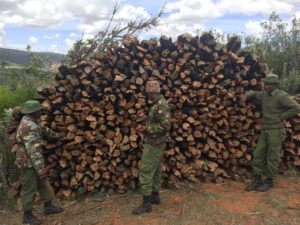 Expanding our presence in the forest areas is key and thanks to support from the Sheldrick Wildlife Trust, MEP now has two permanent ranger units (SWT Mau De-Snaring Units) in the Mau Forest. For the Loita Forest, Lori Price and the Band Foundation support three permanent teams to increase protection.
Expanding our presence in the forest areas is key and thanks to support from the Sheldrick Wildlife Trust, MEP now has two permanent ranger units (SWT Mau De-Snaring Units) in the Mau Forest. For the Loita Forest, Lori Price and the Band Foundation support three permanent teams to increase protection.
“MEP knows that if we want to keep the health of the Mara alive, we have to protect the forests.” MEP CEO Marc Goss
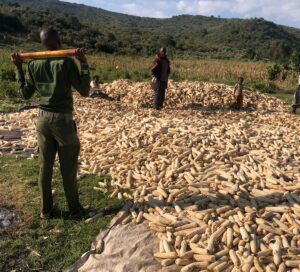 Human-wildlife conflict (HWC) is a broad term used to describe the many different negative interactions experienced by both people and wildlife as a result of living in proximity to one another. For elephants, conflict usually manifests as crop-raiding and infrastructure damage and, in extreme cases, also includes human threat, injury and death. Human-elephant conflict (HEC) poses a significant challenge to conservation and is a problem we believe will get worse as we see human population and agricultural expansion along the human-wildlife interface.
Human-wildlife conflict (HWC) is a broad term used to describe the many different negative interactions experienced by both people and wildlife as a result of living in proximity to one another. For elephants, conflict usually manifests as crop-raiding and infrastructure damage and, in extreme cases, also includes human threat, injury and death. Human-elephant conflict (HEC) poses a significant challenge to conservation and is a problem we believe will get worse as we see human population and agricultural expansion along the human-wildlife interface.
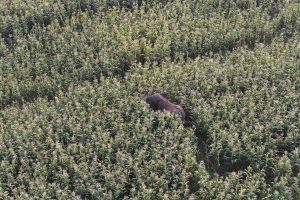 Elephants are known to enjoy maize, sorghum, and other crops. They can also cause damage when they enter settlement areas, which can occur when they get caught in fencing or during migratory movements. Expanding agriculture in the ecosystem is thought to be driving conflict levels higher. Since 2016, MEP has recorded a significant increase in crop damage incidents by elephants. Overall, conflict rose from 84 total events in 2016 to 187 in 2022. In the same time period, elephant deaths from conflict have outpaced those from poaching.
Elephants are known to enjoy maize, sorghum, and other crops. They can also cause damage when they enter settlement areas, which can occur when they get caught in fencing or during migratory movements. Expanding agriculture in the ecosystem is thought to be driving conflict levels higher. Since 2016, MEP has recorded a significant increase in crop damage incidents by elephants. Overall, conflict rose from 84 total events in 2016 to 187 in 2022. In the same time period, elephant deaths from conflict have outpaced those from poaching.
Controlling conflict is difficult as elephants are very smart and use different tactics to raid crops while avoiding mitigations from farmers and wildlife rangers. Elephants have been observed using staging areas, like forest patches, to raid. These forest patches provide safe refuge for resting during the day, while allowing them to stay close to crops.
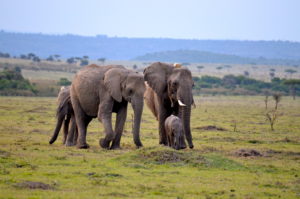 Individual elephants also appear to have different proclivities for raiding. While some, like MEP collared elephant Ivy, are “cropaholics,” others will only raid occasionally or not at all. You can read more in a paper MEP co-authored, Risk perception and tolerance shape variation in agricultural use for transboundary elephant population, in the Journal of Animal Ecology.
Individual elephants also appear to have different proclivities for raiding. While some, like MEP collared elephant Ivy, are “cropaholics,” others will only raid occasionally or not at all. You can read more in a paper MEP co-authored, Risk perception and tolerance shape variation in agricultural use for transboundary elephant population, in the Journal of Animal Ecology.
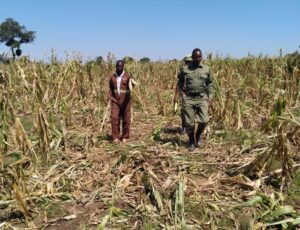 In the short term, MEP works alongside farmers to mitigate conflicts as they occur with our boots on the ground ranger units in partnership with the Kenya Wildlife Service (KWS). MEP deploys ranger teams to high human-elephant conflict areas, and they are tasked with preventing crop raids and moving elephants out of farms using vehicles, bright lights, flash bangs and drones.
In the short term, MEP works alongside farmers to mitigate conflicts as they occur with our boots on the ground ranger units in partnership with the Kenya Wildlife Service (KWS). MEP deploys ranger teams to high human-elephant conflict areas, and they are tasked with preventing crop raids and moving elephants out of farms using vehicles, bright lights, flash bangs and drones.
If those methods don’t work, then the MEP helicopter is called in to push elephants out.
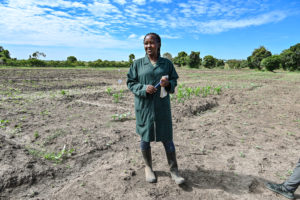 In the long-term, MEP is conducting research to inform more sustainable responses. In 2022, MEP launched the Co-Existence Farm led by Abigael Pertet, a remarkable Maasai woman. She’s looking at sustainable elephant-friendly farming practices that can be implemented within communities throughout the Mara. Her research will help local farmers move away from more traditional crops like corn and into more elephant-friendly crops that also yield an income. Abigael and her team will study market viability, determine the social index, the popularity of the identified crop within the community, and lastly the growth index, determining the sustainability of each crop.
In the long-term, MEP is conducting research to inform more sustainable responses. In 2022, MEP launched the Co-Existence Farm led by Abigael Pertet, a remarkable Maasai woman. She’s looking at sustainable elephant-friendly farming practices that can be implemented within communities throughout the Mara. Her research will help local farmers move away from more traditional crops like corn and into more elephant-friendly crops that also yield an income. Abigael and her team will study market viability, determine the social index, the popularity of the identified crop within the community, and lastly the growth index, determining the sustainability of each crop.
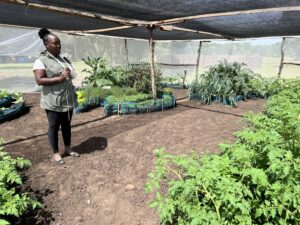 They’ve also designed a kitchen garden that is predator proof and a seedling nursery to keep expenses down. MEP hopes to launch a “kitchen garden in a box” to hand out to community members alongside training that allows them to put food on the table and hopefully promotes a positive relationship with the wildlife they live alongside. The farm also has a medicinal garden, which focuses on growing traditional medicinal plants. Medicinal plants are not only useful, but previous research has shown that they have a low predation level. The garden will help the community to preserve the historical knowledge about medicinal plants, contribute to biodiversity, and help us further investigate this value-added scenario.
They’ve also designed a kitchen garden that is predator proof and a seedling nursery to keep expenses down. MEP hopes to launch a “kitchen garden in a box” to hand out to community members alongside training that allows them to put food on the table and hopefully promotes a positive relationship with the wildlife they live alongside. The farm also has a medicinal garden, which focuses on growing traditional medicinal plants. Medicinal plants are not only useful, but previous research has shown that they have a low predation level. The garden will help the community to preserve the historical knowledge about medicinal plants, contribute to biodiversity, and help us further investigate this value-added scenario.
“We live in the Mara and have some of the best soil in the world to grow crops, however, the crops we’re growing are inviting in wildlife from afar. We have to find an alternative to growing more traditional crops that can be used for our livelihood or our tables and won’t attract elephants and other wildlife.” MEP Head of Co-Existence Abigael Pertet
“Community engagement and working with communities alongside forests, alongside national parks, alongside conservancies is key and critical to protecting wildlife.” CEO Marc Goss
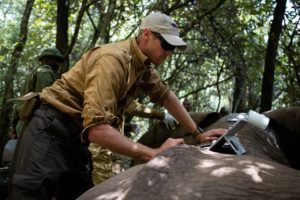 In partnership with the Wildlife Research and Training Institute (WRTI) and KWS, MEP is also collecting elephant movement data using satellite collars to inform how we can respond to conflict in both the short term with mitigations, and the long term with landscape planning. This includes studying staging behavior by elephants, looking at how the layout of the natural and agricultural landscape may exacerbate or reduce conflict, and the use of buffer crops that are unpalatable to elephants. Discovering why some elephants crop raid and others do not is one of the questions we’re seeking to answer using conservation data.
In partnership with the Wildlife Research and Training Institute (WRTI) and KWS, MEP is also collecting elephant movement data using satellite collars to inform how we can respond to conflict in both the short term with mitigations, and the long term with landscape planning. This includes studying staging behavior by elephants, looking at how the layout of the natural and agricultural landscape may exacerbate or reduce conflict, and the use of buffer crops that are unpalatable to elephants. Discovering why some elephants crop raid and others do not is one of the questions we’re seeking to answer using conservation data.
“One of the things that we want to try to move towards is human-elephant co-existence. One of our big goals is to come up with strategies for how elephants and people could live together.” Dr. Jake Wall
MEP’s research into the short and long-term solutions to crop raiding is critical in protecting the Mara’s elephants and communities.
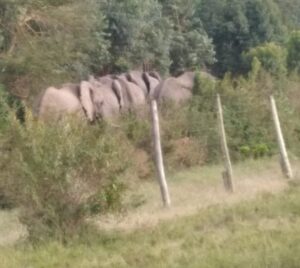 The resources for both large mammals, like elephants, and pastoralists are highly variable in space and time and thus require connected landscapes; however, ongoing fragmentation by smallholder fencing and the expansion of agriculture continues. MEP is committed to protecting the connectivity of the landscape for the benefit of not just elephants, but all wildlife, and people that call the Mara home. We continue our fence line mapping in the field using motorbikes and dedicated spatial data research field assistants. Mapping fence, infrastructure and agriculture proliferation across the Mara is crucial to understanding how the landscape is changing.
The resources for both large mammals, like elephants, and pastoralists are highly variable in space and time and thus require connected landscapes; however, ongoing fragmentation by smallholder fencing and the expansion of agriculture continues. MEP is committed to protecting the connectivity of the landscape for the benefit of not just elephants, but all wildlife, and people that call the Mara home. We continue our fence line mapping in the field using motorbikes and dedicated spatial data research field assistants. Mapping fence, infrastructure and agriculture proliferation across the Mara is crucial to understanding how the landscape is changing.
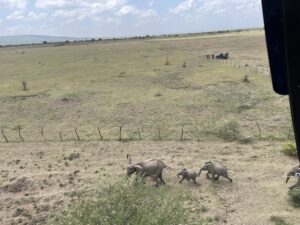 MEP co-authored a report, “Wide-scale subdivision and fencing of southern Kenyan rangelands jeopardizes biodiversity conservation and pastoral livelihoods: Demonstration of utility of open-access landDX database” in Frontiers in Conservation Science that provides a snapshot of the landscape change based on an open-access database produced by MEP called LandDx. The data is then used to create a basemap that provides the base for MEP’s EarthRanger system so that all of our asset movements are shown over the basemap created of the ecosystem. Then, when paired with animal location data from collared elephants, MEP can study how elephants and other species are responding to landscape changes to better inform protection efforts.
MEP co-authored a report, “Wide-scale subdivision and fencing of southern Kenyan rangelands jeopardizes biodiversity conservation and pastoral livelihoods: Demonstration of utility of open-access landDX database” in Frontiers in Conservation Science that provides a snapshot of the landscape change based on an open-access database produced by MEP called LandDx. The data is then used to create a basemap that provides the base for MEP’s EarthRanger system so that all of our asset movements are shown over the basemap created of the ecosystem. Then, when paired with animal location data from collared elephants, MEP can study how elephants and other species are responding to landscape changes to better inform protection efforts.
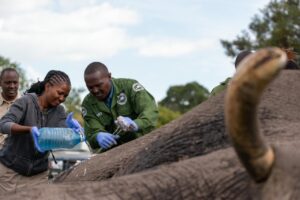 To increase elephant protection, Mara Elephant Project assists the Kenya Wildlife Service / Sheldrick Wildlife Trust Mobile Vet Unit to treat injured elephants. As conflict increases in the Mara and our monitoring efforts advance, more elephants are being identified with injuries like arrow and spear wounds related to conflict. When this happens, MEP deploys our rangers and researchers on the ground and the helicopter in the air to assist our partners with the treatment of a wounded elephant. We also provide monitoring of the elephant post treatment to oversee his or her healing process.
To increase elephant protection, Mara Elephant Project assists the Kenya Wildlife Service / Sheldrick Wildlife Trust Mobile Vet Unit to treat injured elephants. As conflict increases in the Mara and our monitoring efforts advance, more elephants are being identified with injuries like arrow and spear wounds related to conflict. When this happens, MEP deploys our rangers and researchers on the ground and the helicopter in the air to assist our partners with the treatment of a wounded elephant. We also provide monitoring of the elephant post treatment to oversee his or her healing process.
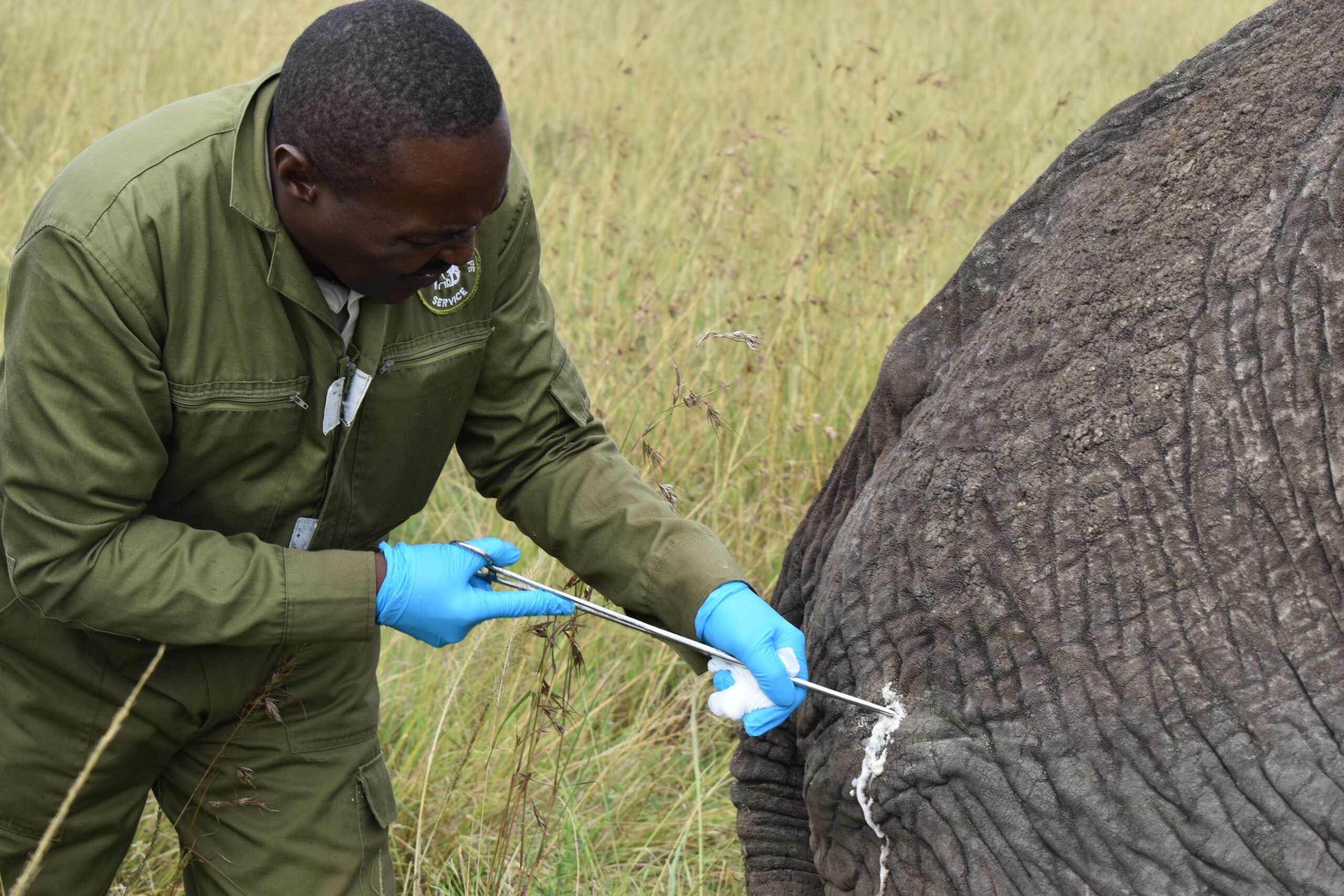
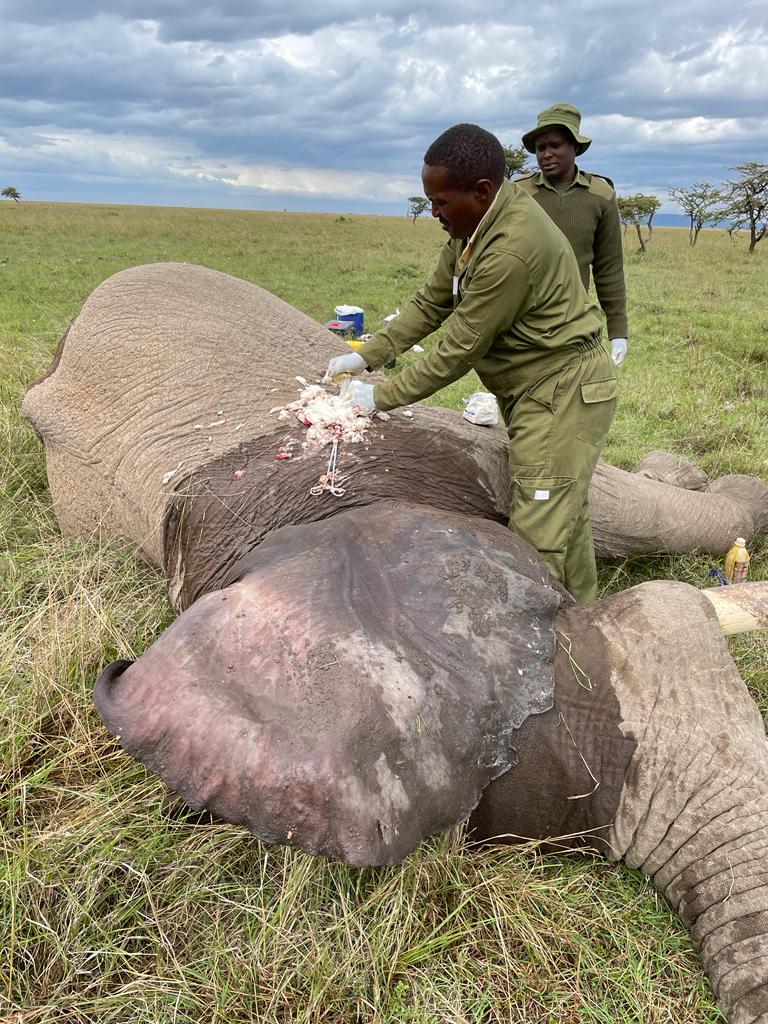
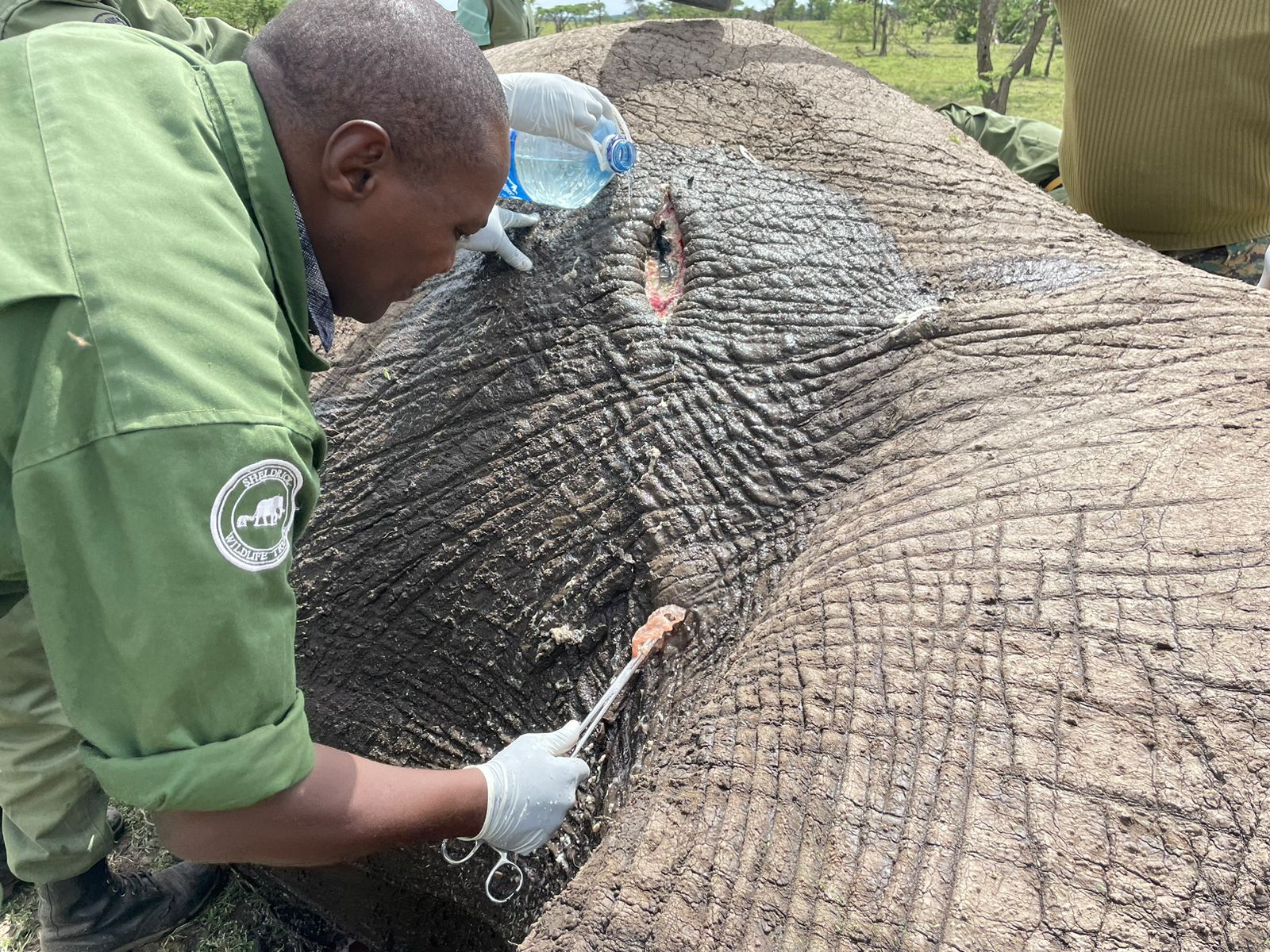
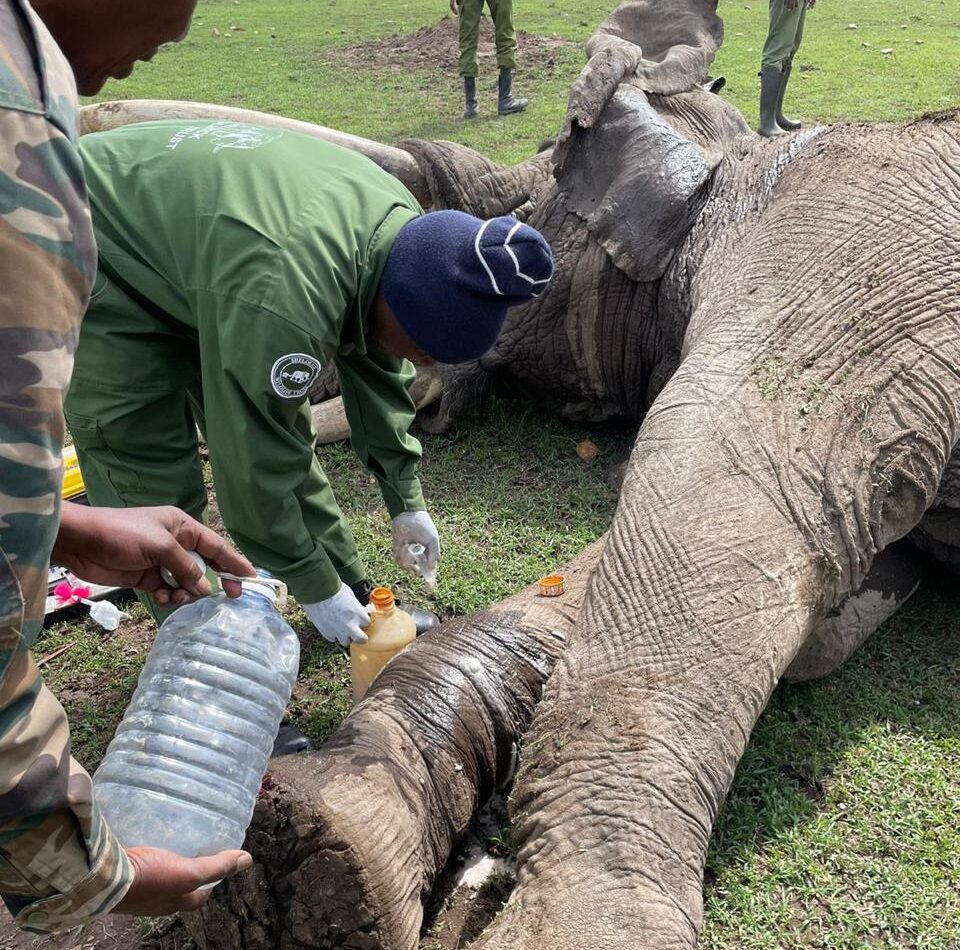
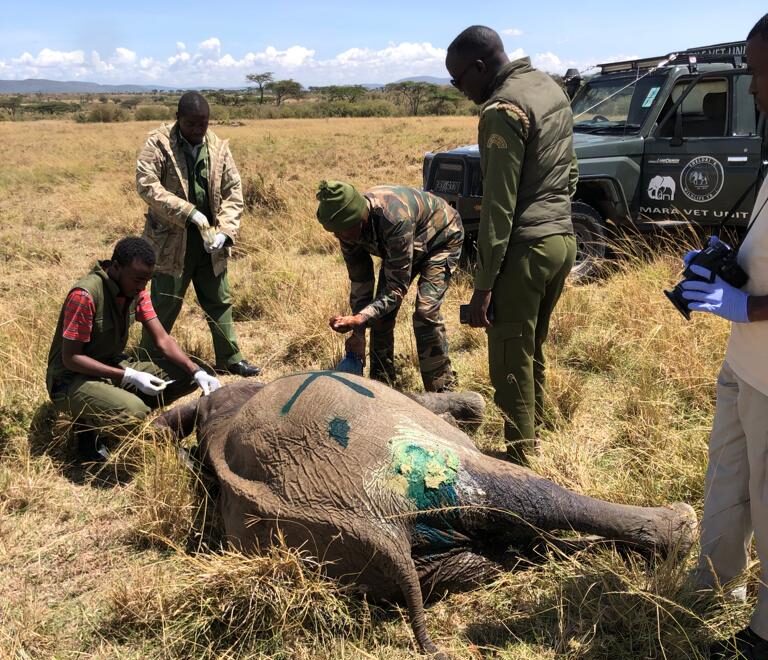


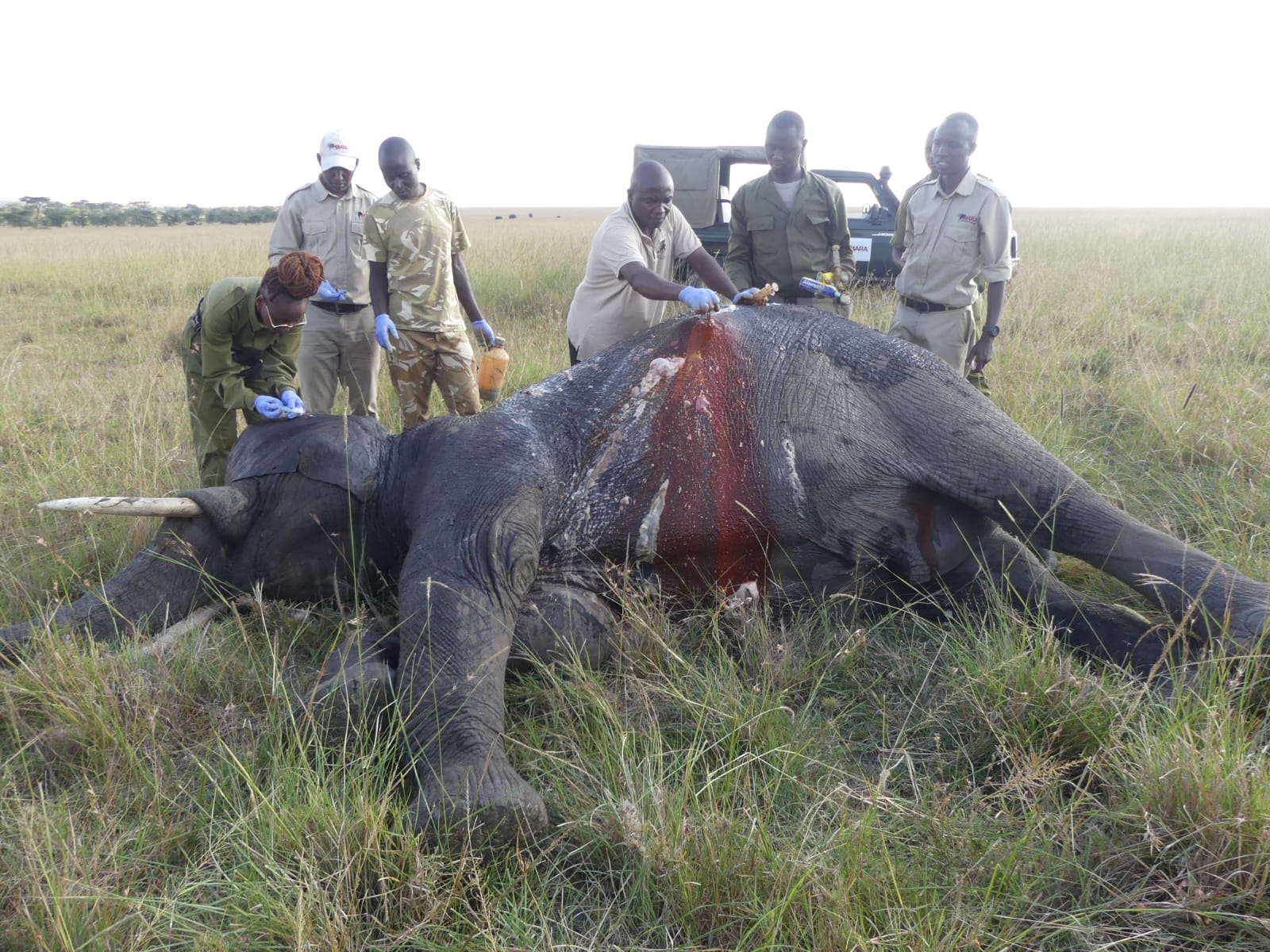
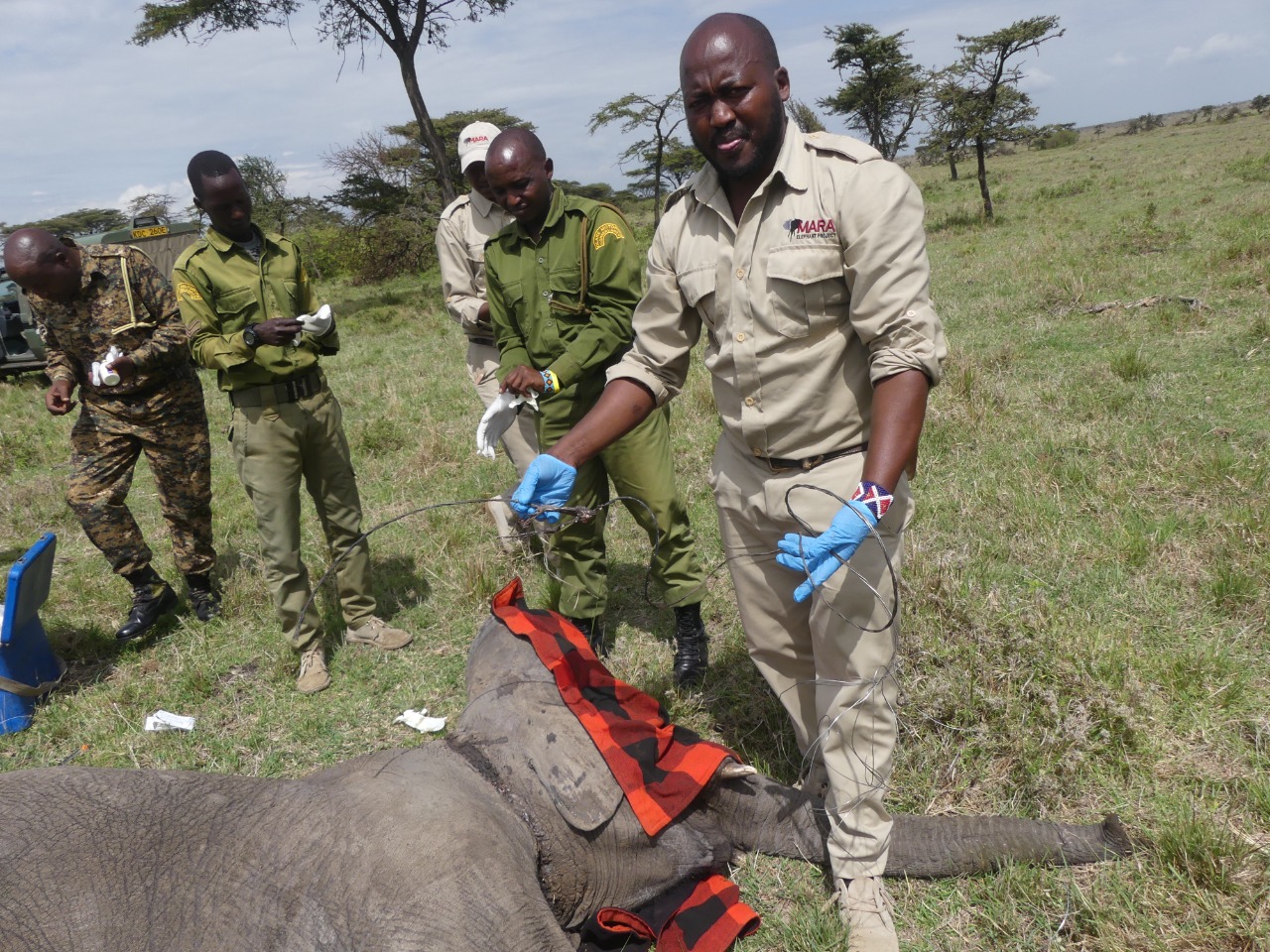
“We started as primarily anti-poaching but we’re now moving into developing communities. Why? Because all of those people in the community are stakeholders in protecting elephants and Mara Elephant Project is trying to give them an avenue to play a part in elephant conservation.”
CEO Marc Goss
Some photographs provided by Chags Photography.
